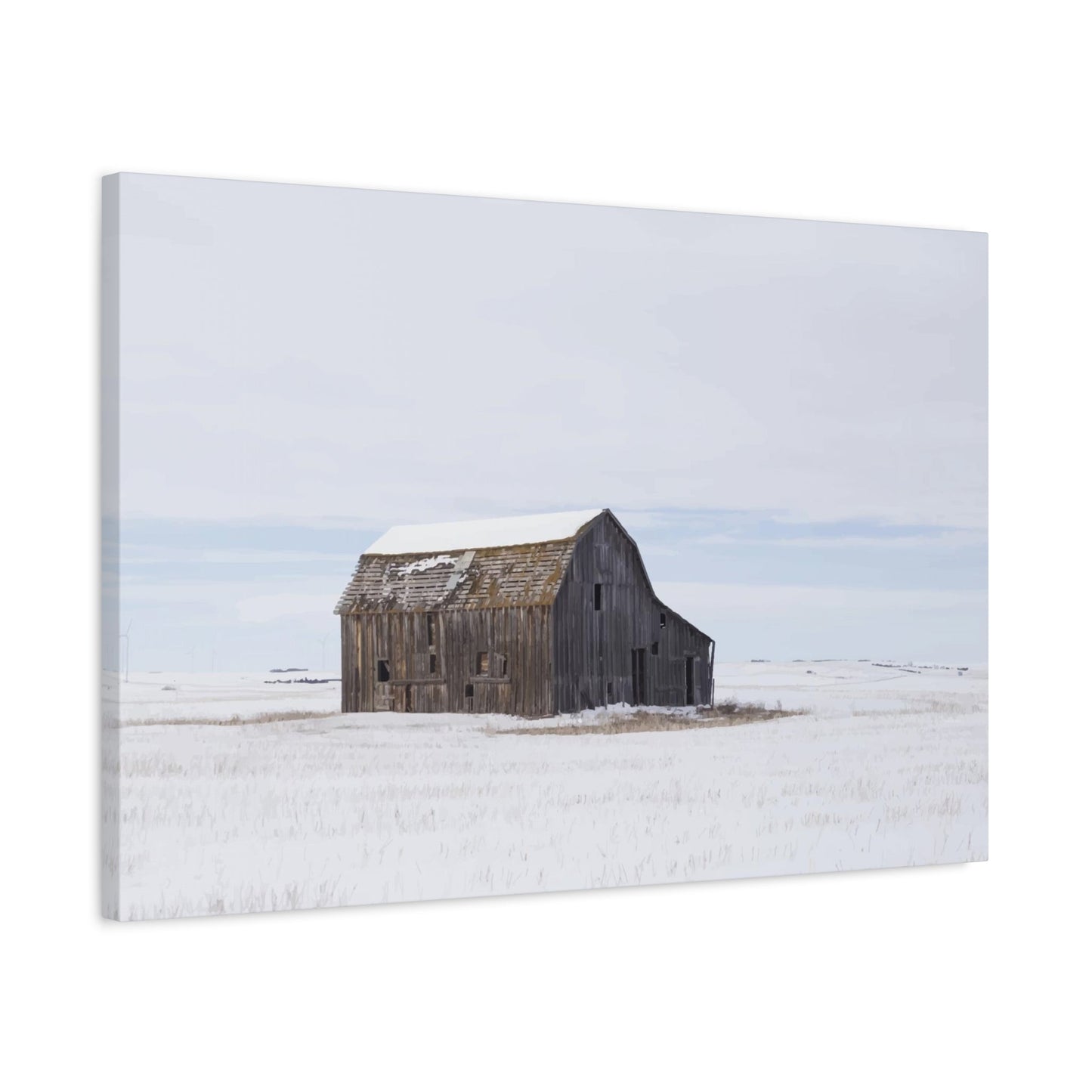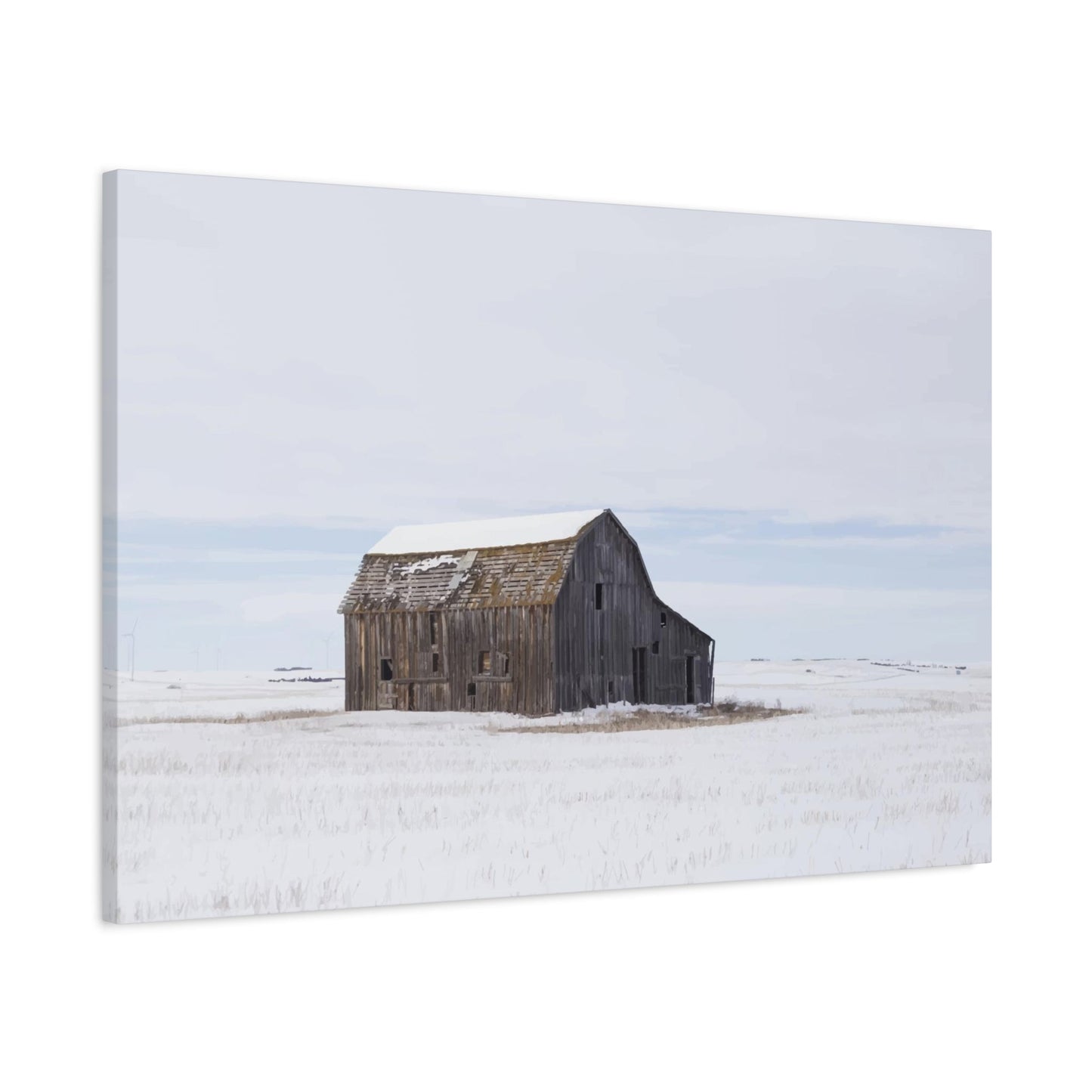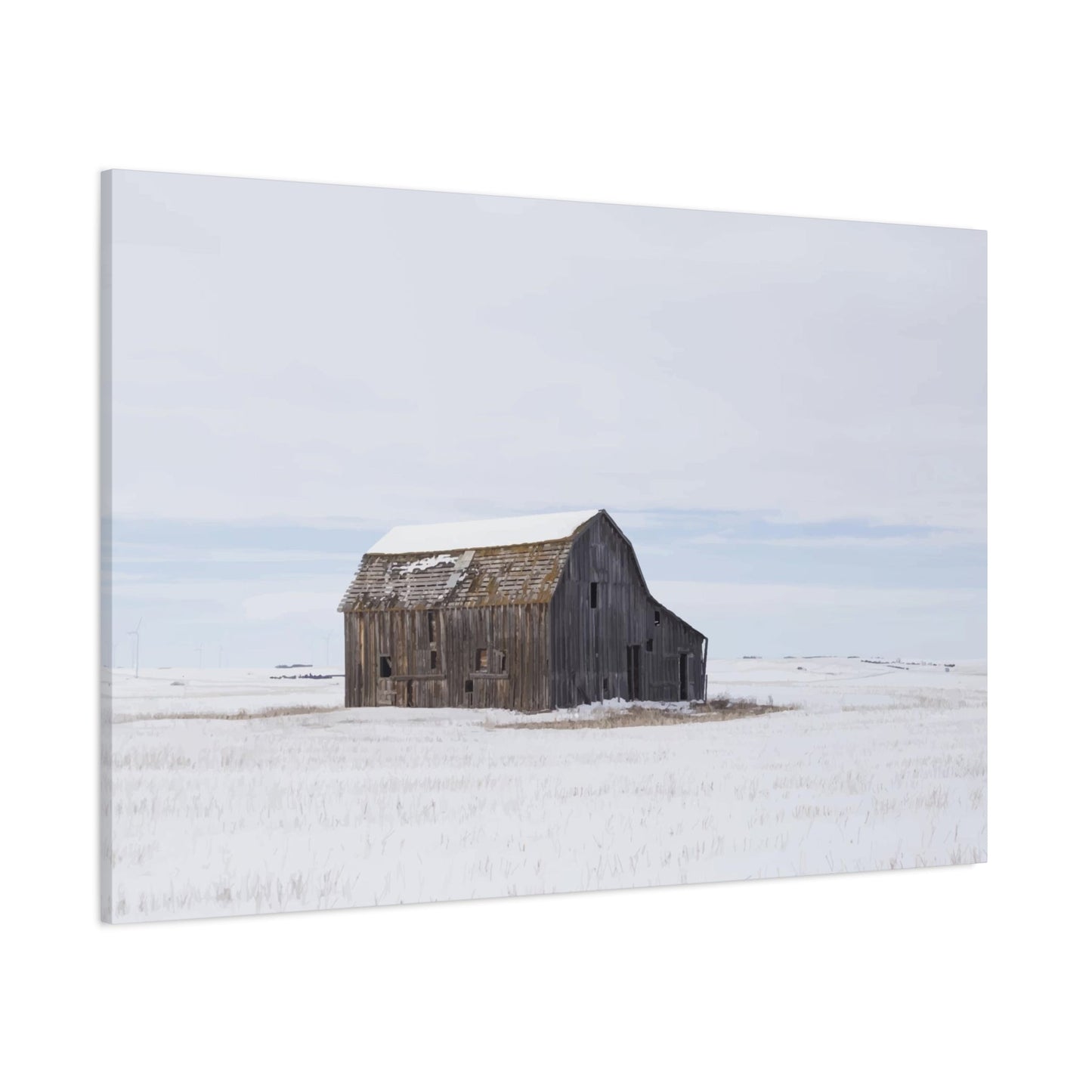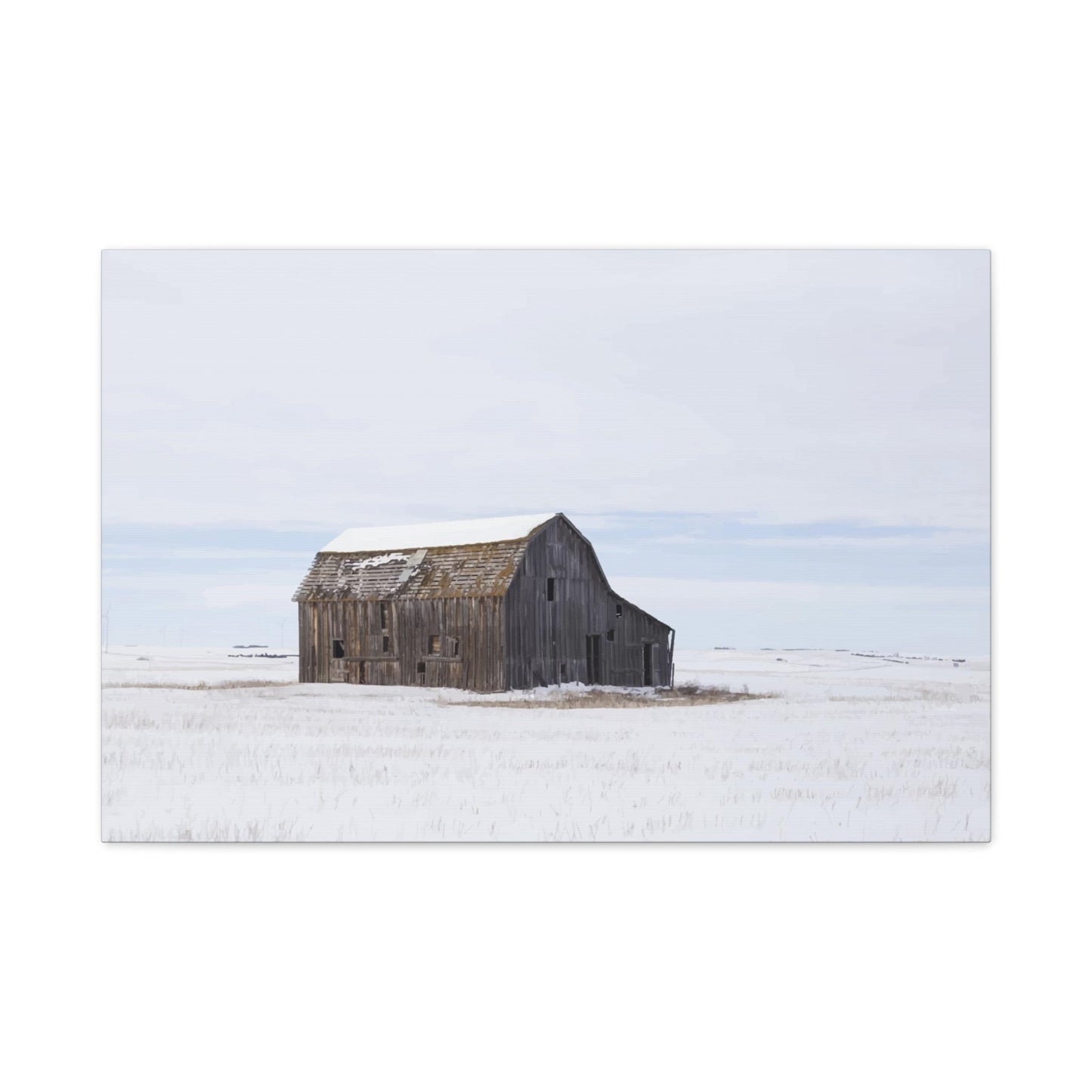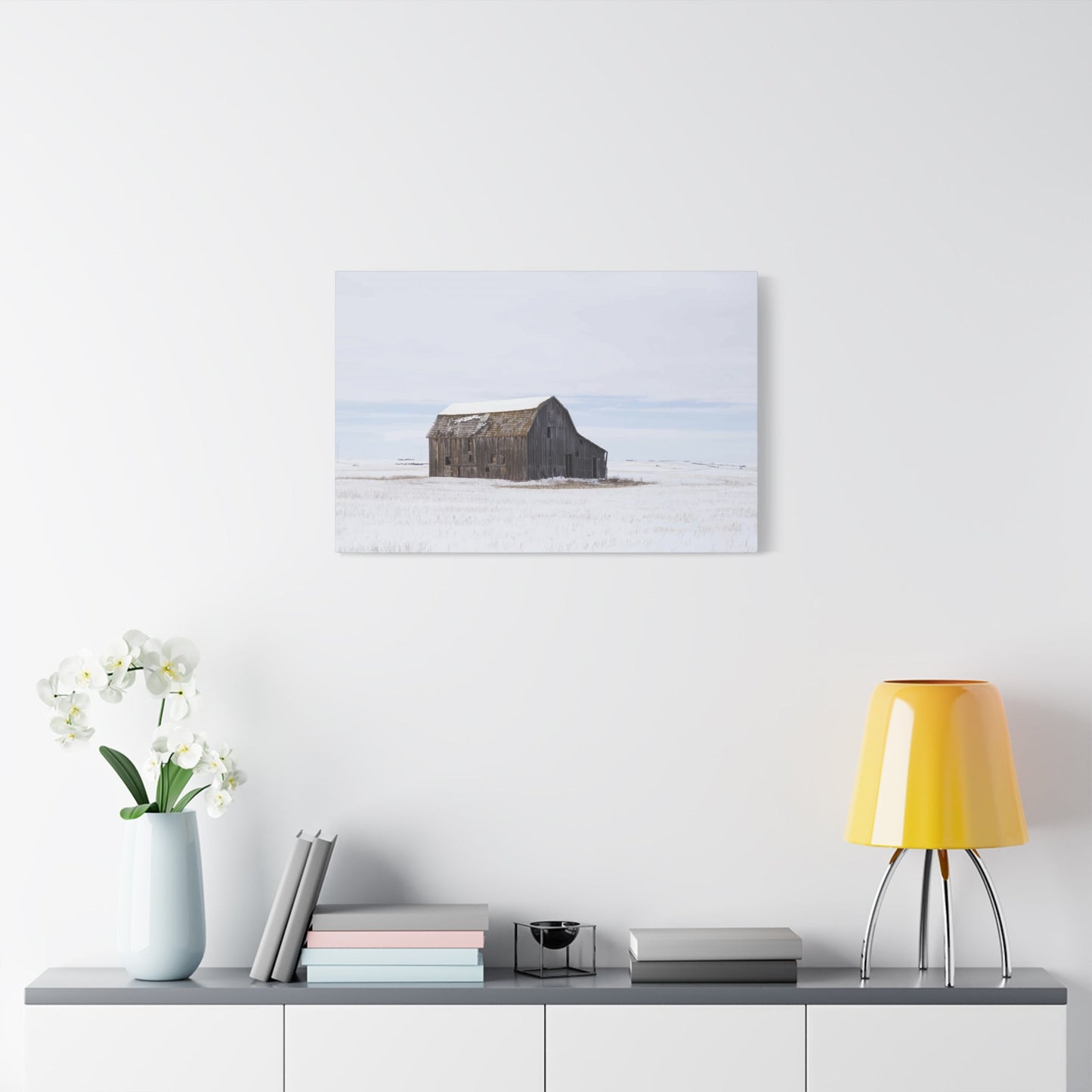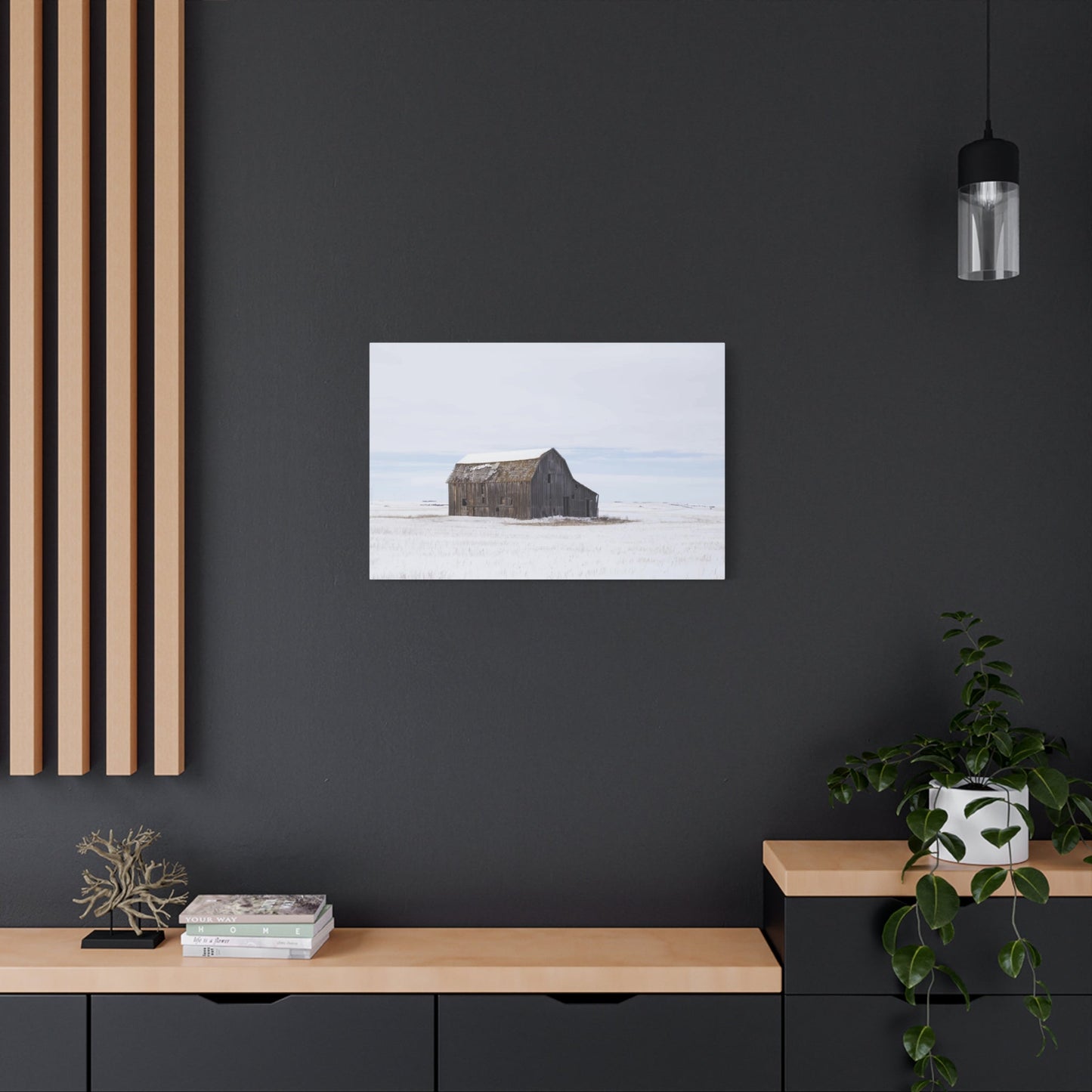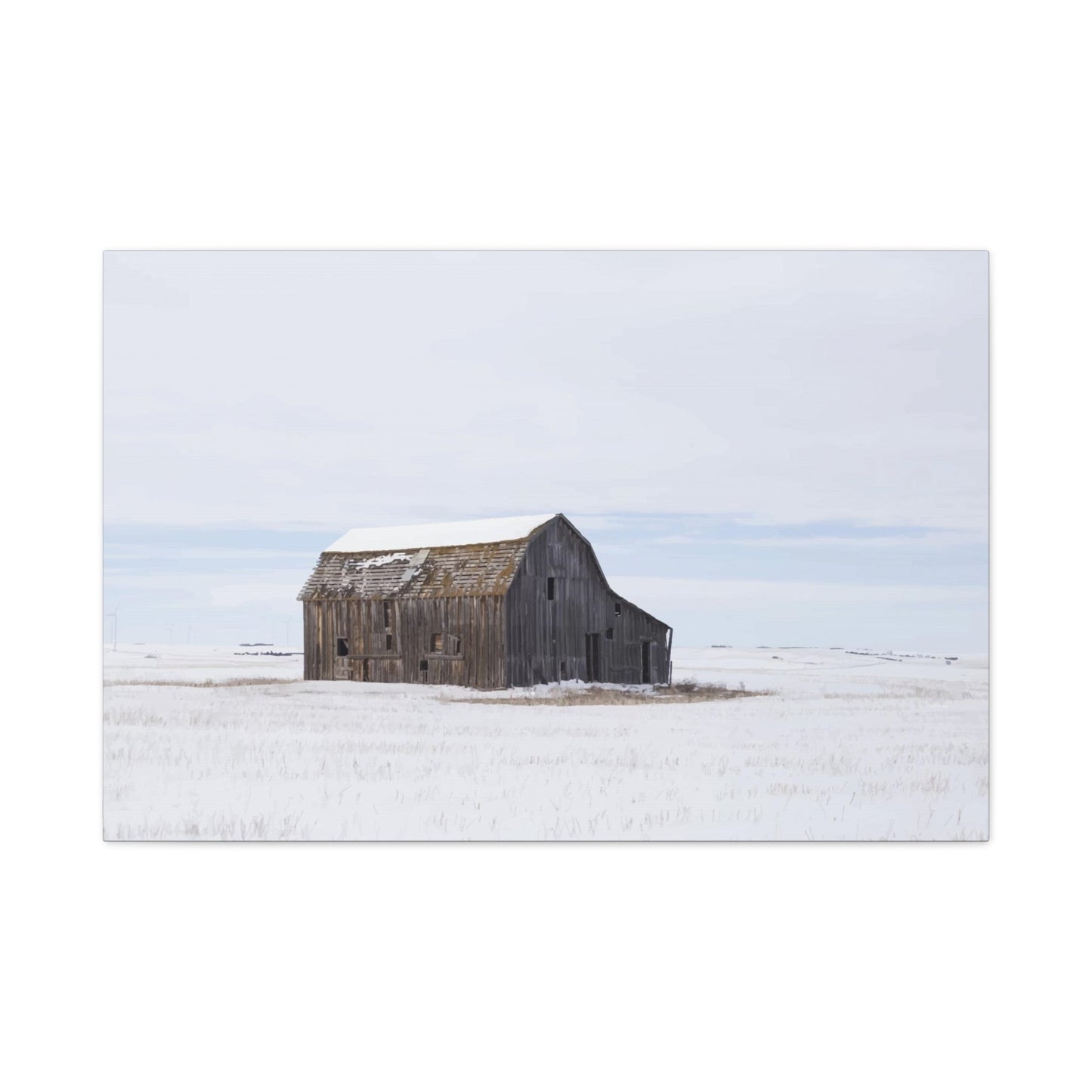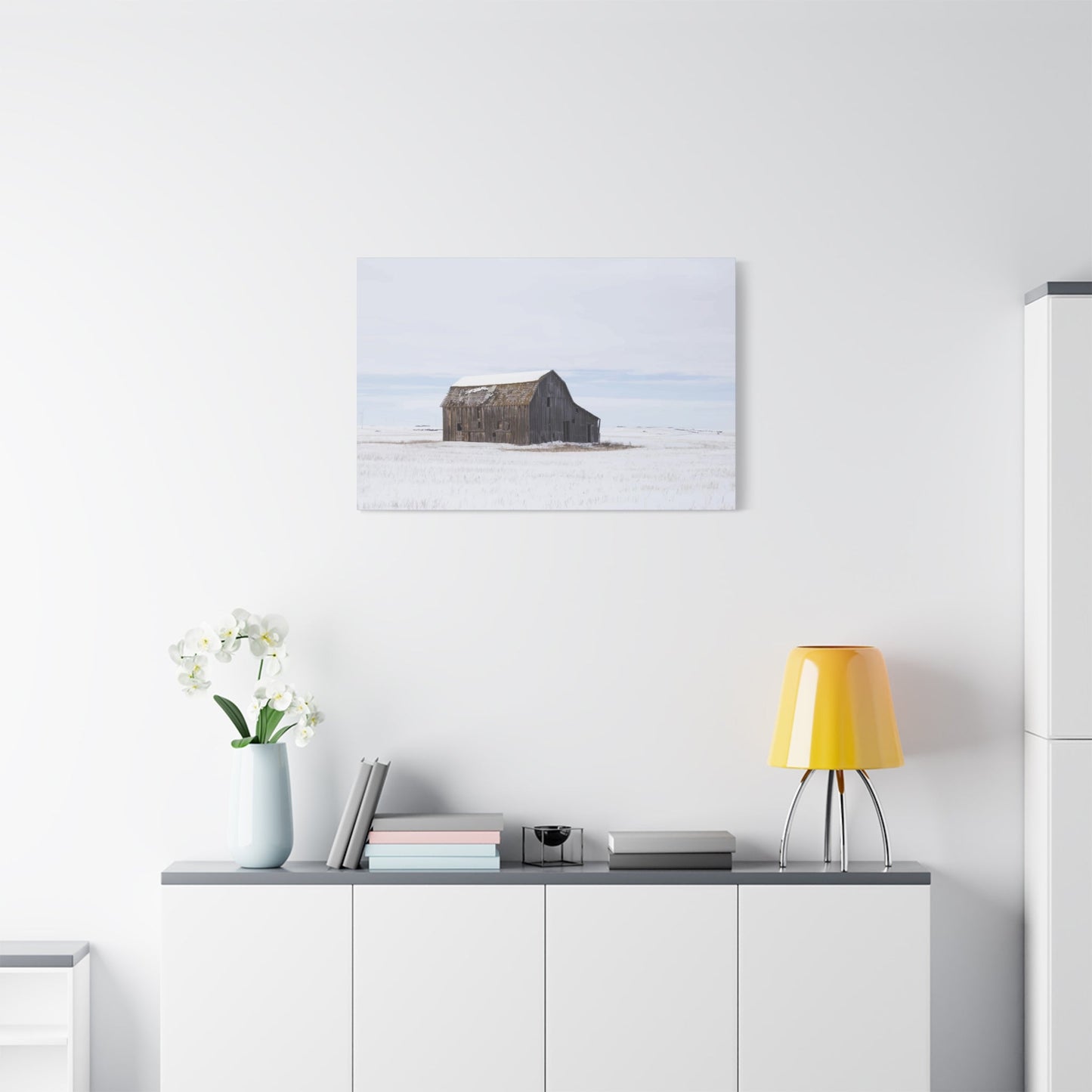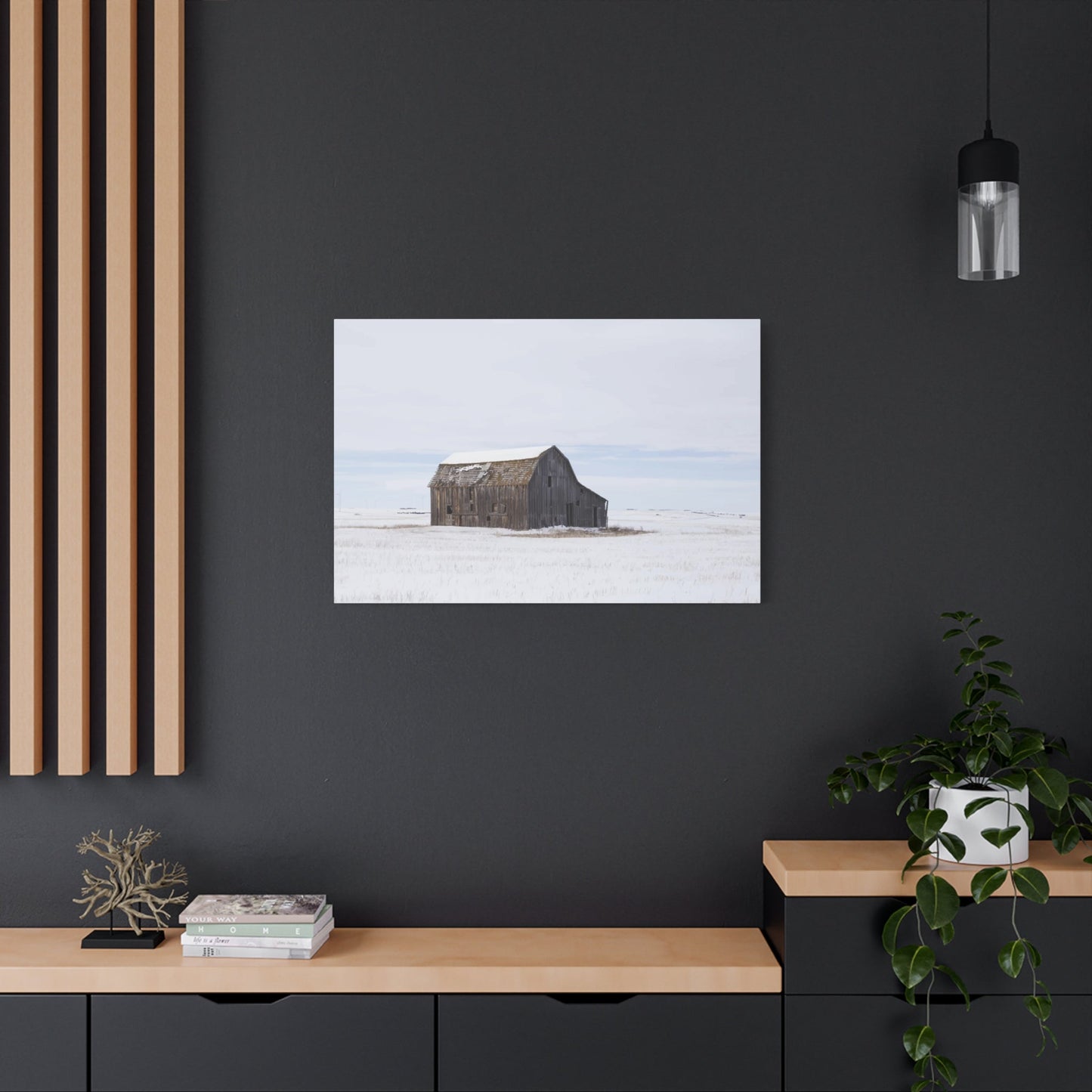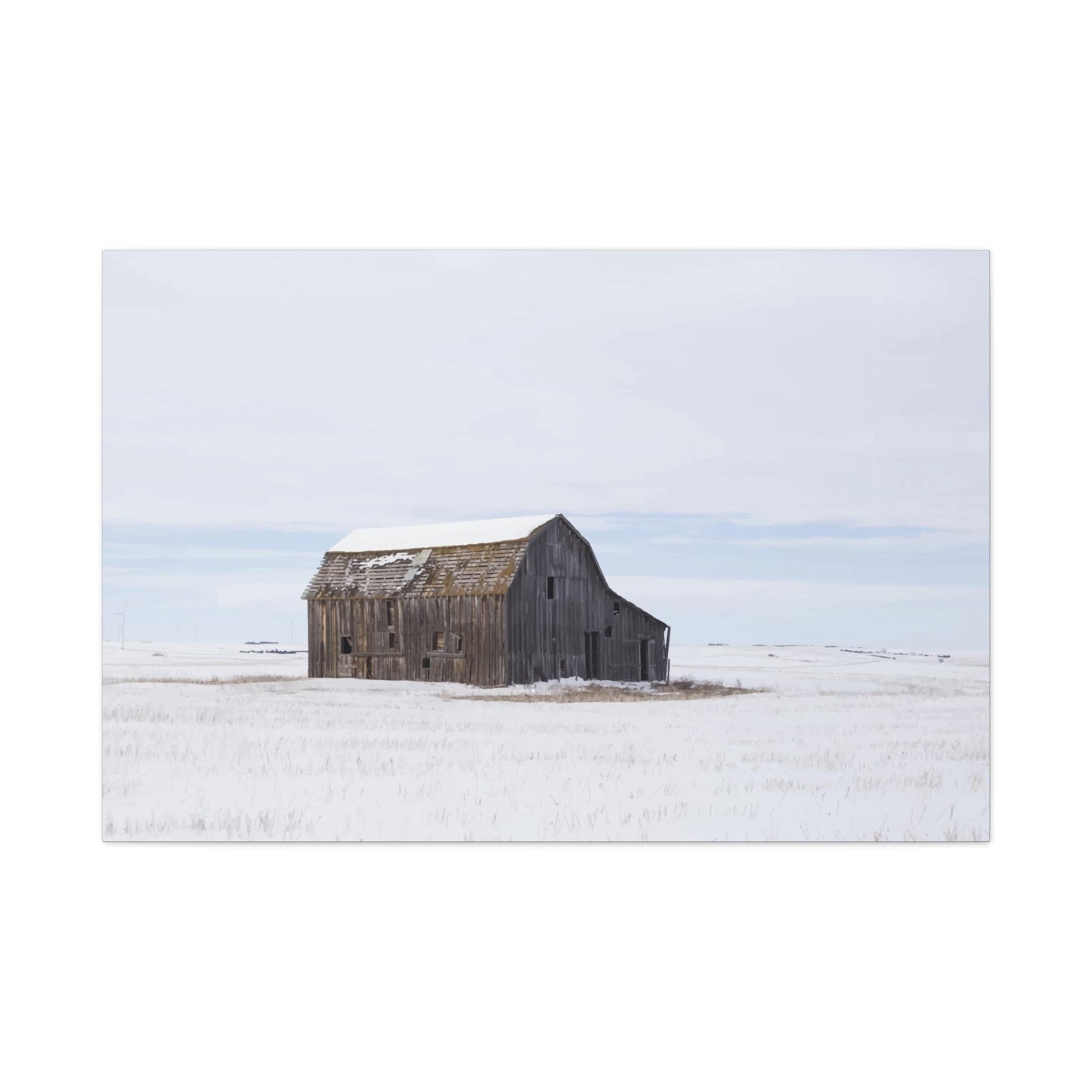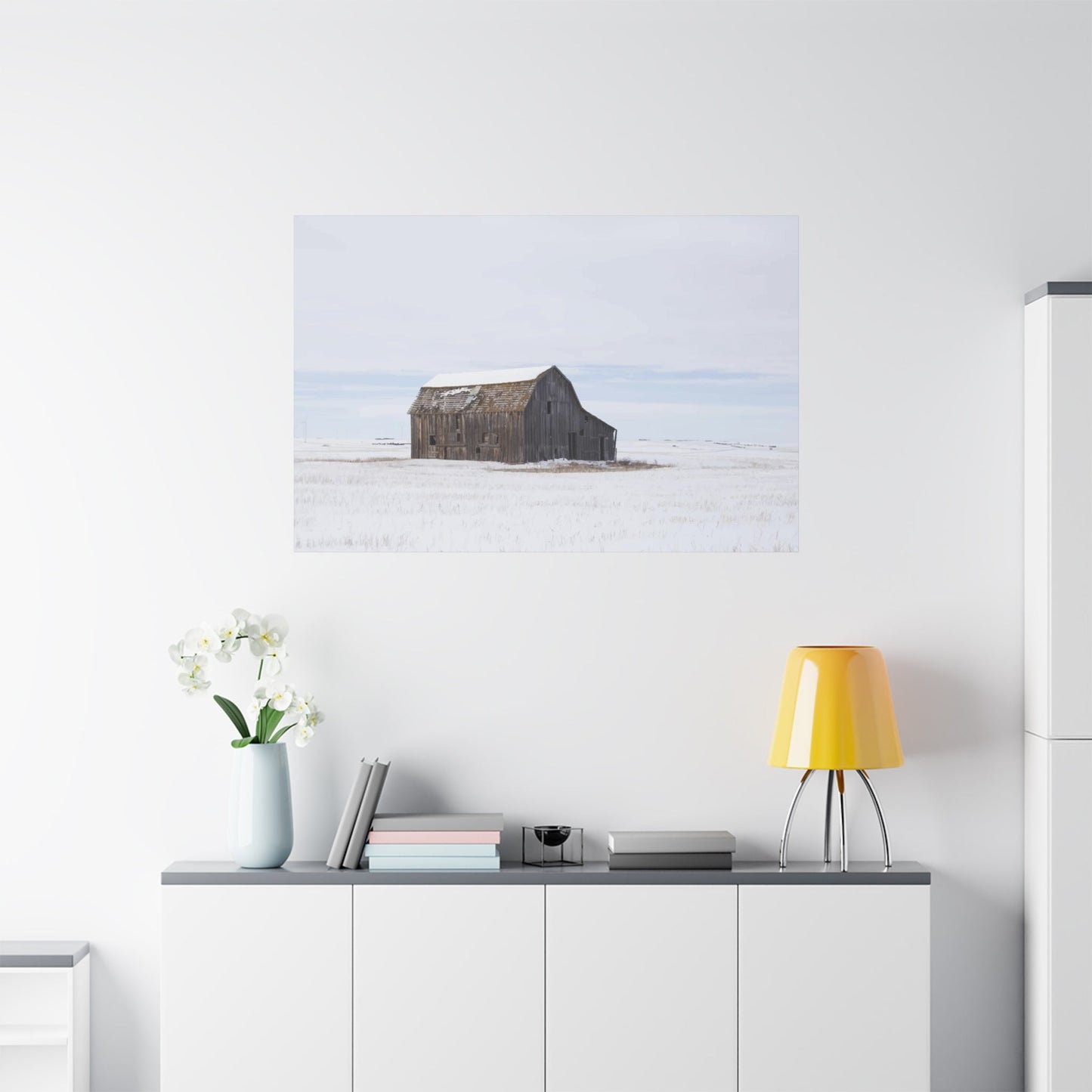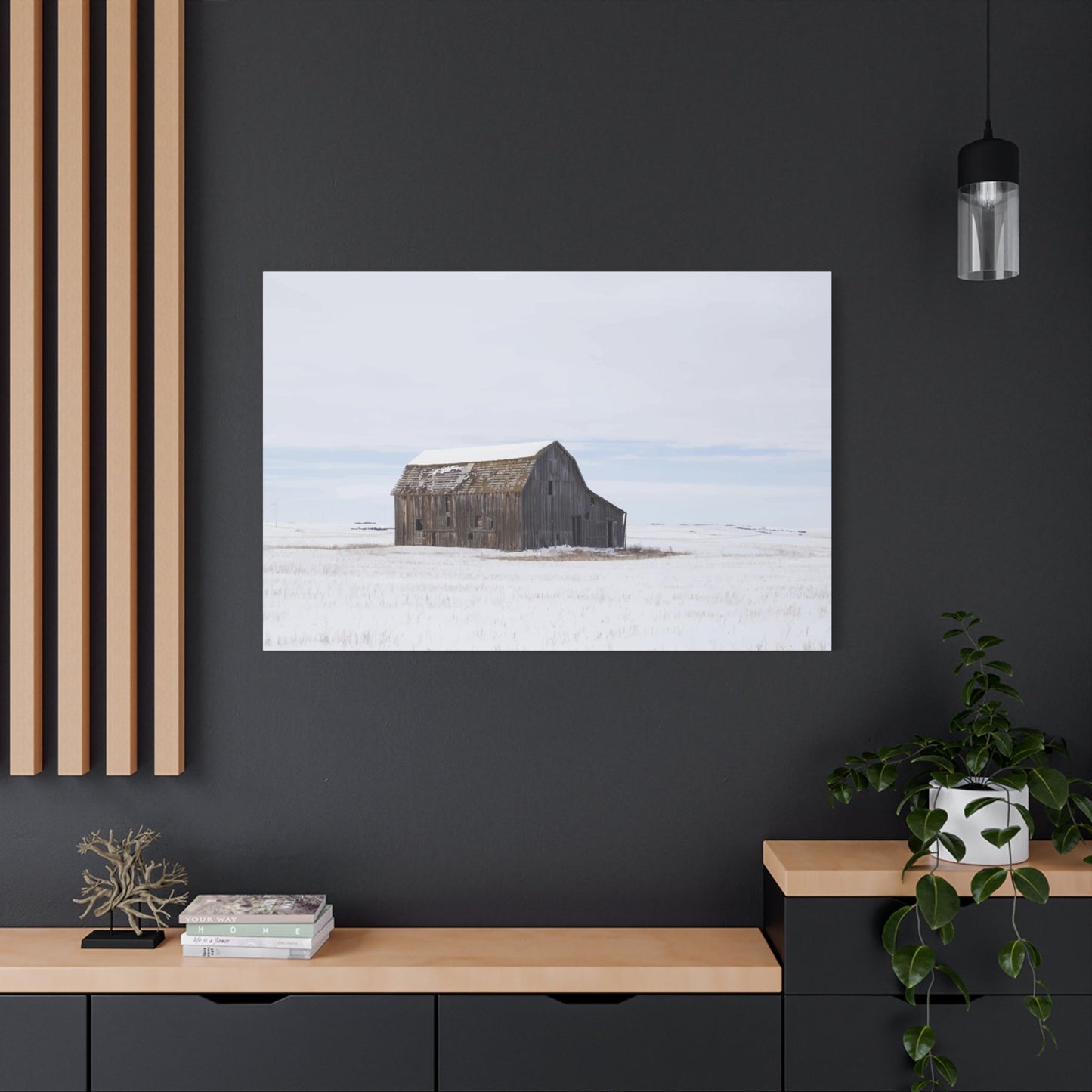A Definitive Exploration of Snowy Wall Art for an Elegant Interior
The transformative power of art within a home is undeniable. It is a reflection of personality, a source of inspiration, and a crucial element in creating a specific mood or atmosphere. While art is a year-round feature of any well-decorated space, the changing seasons offer a unique opportunity to refresh our interiors and align them with the world outside. Winter, with its quiet majesty and serene landscapes, provides a particularly potent source of artistic inspiration. Snowy wall art, in its myriad forms, captures the tranquil and often breathtaking beauty of this season, allowing us to bring its calming essence indoors. From the crisp silence of a snow-laden forest to the gentle drift of snowflakes over a cityscape, these images evoke a sense of peace, contemplation, and cozy refuge.
This comprehensive exploration delves into the world of winter-themed artwork, examining how to select, frame, and display these pieces to enhance any decor style. We will journey through the diverse subgenres, from dramatic mountain vistas to soft, meditative fields, and uncover the profound emotional impact these scenes can have on our living spaces. Whether you reside in a climate where snow is a familiar friend or one where it remains a distant dream, snowy wall art offers a universal language of serenity and timeless elegance, capable of turning any wall into a window to a winter wonderland. It is an invitation to pause, to breathe, and to appreciate the subtle, profound beauty that the coldest season has to offer.
Selecting the Perfect Frame to Complement Your Snowy Wall Art
Choosing the right frame for a piece of snowy wall art is not merely a finishing touch; it is a critical decision that profoundly influences the artwork's final presentation and its integration into your home's decor. The frame acts as a bridge between the world depicted in the art and the room it inhabits, and a thoughtful choice can elevate a beautiful print into a stunning focal point. The first consideration is the material of the frame itself, as each option offers a distinct aesthetic. Natural wood frames, for instance, are a classic choice that pairs exceptionally well with winter scenes, particularly those featuring forests, cabins, or rustic landscapes. A light-colored wood like pine, birch, or ash can echo the pale tones within the artwork, creating a harmonious and organic feel that aligns perfectly with Scandinavian or minimalist design principles. Conversely, a darker wood such as walnut or mahogany can provide a rich, warm contrast to the cool blues and whites of the snow, grounding the piece and adding a sense of traditional elegance.
The grain of the wood adds a layer of natural texture that can complement the textures found in the artwork, like the bark of a tree or the roughness of a stone wall.Metal frames offer a more modern and sleek alternative. A slim black or charcoal metal frame provides a sharp, graphic border that makes the artwork pop, especially for black and white photography or pieces with a strong compositional focus. This choice is ideal for contemporary, industrial, or minimalist spaces where clean lines are paramount. Silver or brushed nickel frames can beautifully accentuate the cool, icy tones in a snowy print, enhancing the feeling of a crisp winter day and reflecting light around the room. Gold or brass frames, while less common for winter scenes, can be used to create a striking and luxurious contrast, introducing a touch of warmth that prevents the artwork from feeling too cold or stark, making it a sophisticated choice for eclectic or glamorous interiors.
Crafting a Peaceful Atmosphere with Gentle Snow Scenes
Art possesses a unique ability to influence the emotional climate of a room, and soft snow scenes are masters of creating a peaceful, tranquil ambiance. These are not the dramatic, awe-inspiring vistas of towering peaks or raging blizzards, but rather the quiet, introspective moments of winter. Imagine a piece depicting a gentle snowfall over a still, frozen pond, each flake a delicate brushstroke of white against a muted gray sky. Or consider a print of a lone park bench, its surface blanketed in a soft, undisturbed layer of fresh powder. These images speak a language of stillness and silence, inviting the viewer to pause their busy thoughts and enter a state of calm contemplation. The power of these scenes lies in their subtlety and their focus on the gentle, serene aspects of the season. The color palette is typically restrained, dominated by shades of white, cream, soft grays, and muted blues, colors that are psychologically associated with clarity, calm, and spaciousness. This lack of jarring, high-contrast color allows the eye to relax, and in turn, the mind to unwind.
When incorporating these pieces into your decor, the goal is to extend that sense of peace into the surrounding space. They are exceptionally well-suited for areas of the home dedicated to rest and relaxation, such as bedrooms, reading nooks, or a quiet sitting area. In a bedroom, hanging a soft snow scene above the headboard can act as a visual lullaby, promoting a sense of serenity that is conducive to sleep. The artwork becomes the last thing you see at night and the first thing you see in the morning, setting a tone of calm for the beginning and end of each day. The key is to let the artwork be the quiet focal point. You can enhance its effect by pairing it with tactile, cozy textures in the room's decor. Think of soft, chunky knit blankets, plush velvet cushions, or a thick, high-pile rug that your feet can sink into. These physical comforts echo the visual softness of the snowy landscape, creating a holistic sensory experience of warmth and peace.
The lighting around the artwork also plays a crucial role. Harsh, direct lighting can undermine the gentle nature of the scene. Instead, opt for soft, diffused light sources. A floor lamp with a fabric shade placed near the artwork, a table lamp with a warm-toned bulb, or even the gentle flicker of candlelight can enhance the cozy, intimate atmosphere that these prints naturally evoke. The frame chosen for such a piece should also align with its tranquil character. A simple, light wood frame or a slim, minimalist white frame will complement the artwork without overwhelming it, allowing the quiet beauty of the snow scene to remain the primary focus. By strategically placing these gentle snow scenes and supporting them with a complementary decor of soft textures and warm lighting, you can transform any room into a true sanctuary. It becomes a space not just for living, but for quiet reflection, a personal retreat from the noise of the outside world, where the peaceful hush of a winter snowfall can be felt all year round.
Discovering Soulful Serenity with Snow-Covered Forest Art
There is a profound and almost sacred stillness to be found within a snow-covered forest, and art that captures this unique environment has the power to bring a deep sense of soulful serenity into the home. These artworks are more than mere decorations; they are windows into a world hushed by a blanket of white, where the usual rustle of leaves and chatter of wildlife are replaced by a quiet so profound it feels meditative. The visual elements at play in these scenes are key to their calming effect. Towering trees, whether they are stoic pines heavy with snow or the delicate, skeletal branches of deciduous trees traced in frost, stand as symbols of resilience and endurance. They create strong vertical lines that draw the eye upward, evoking a sense of aspiration and quiet strength. The forest floor, smoothed and simplified by the snow, erases the complexity and chaos of the undergrowth, presenting a clean, uncluttered landscape that encourages mental clarity.
The interplay of light and shadow is particularly magical in snowy forest art. The low winter sun filters through the canopy, casting long, blue-toned shadows across the white ground. This creates a subtle, gentle contrast that is visually soothing. Artists and photographers are adept at capturing the way light sparkles on individual ice crystals or glows softly on the untouched surfaces of the snow, adding a touch of enchantment and wonder to the scene. The color palette, while seemingly simple, is rich with nuance. It is a symphony of whites, from brilliant, sunlit snow to the soft blues and lavenders of the shadows. These cool tones are often balanced by the warm, earthy browns and deep greens of tree trunks and pine needles, creating a perfectly balanced composition that feels both refreshing and grounding. This natural, muted palette is inherently calming and easy to integrate into a wide range of interior design styles, from rustic to contemporary.
Bringing a piece of snow-covered forest art into your living space can serve as a powerful anchor for mindfulness and tranquility. Placed in a home office, it can be a source of mental respite, a visual escape to a place of quiet contemplation during a stressful workday. A large-scale canvas in a living room can transform the entire atmosphere of the space, making it feel more expansive, peaceful, and connected to the natural world. To maximize the soul-soothing qualities of these pieces, consider the surrounding decor. Pair the artwork with natural materials like wood furniture, stone accents, and textiles made from wool, linen, or cotton. These organic elements will reinforce the connection to nature depicted in the art. Soft, warm lighting is also essential, as it can mimic the gentle glow of winter light and create a cozy, inviting ambiance that encourages relaxation.
Elevating Minimalist Spaces with the Purity of Snowy Artwork
Minimalist design is an exercise in intention, where every element in a room is chosen for its purpose, its beauty, and its ability to contribute to a sense of calm and order. It is a philosophy of "less is more," focusing on clean lines, uncluttered surfaces, and a neutral color palette. Within this refined framework, snowy wall art emerges as a perfect and powerful complement. The inherent qualities of a snowy landscape—its vast expanses of white, its simplified forms, and its serene, quiet nature—align seamlessly with the core tenets of minimalism. A piece of art depicting a stark, snow-covered field with a single tree, or the abstract pattern of frost on a windowpane, can enhance a minimalist space without disrupting its carefully curated tranquility. It adds a layer of visual interest and emotional depth while respecting the aesthetic of simplicity.
The color palette of most snowy artwork is a minimalist's dream. Dominated by shades of white, gray, and black, with occasional subtle hints of blue or muted earth tones, these pieces naturally harmonize with the neutral walls and furnishings typical of a minimalist interior. A large-scale photograph of a snow-drifted landscape can function almost as a textural extension of a white wall, adding depth and nuance without introducing distracting colors. The white in the artwork creates a sense of light and space, making the room feel larger and more open, which is often a key goal in minimalist design. The artwork doesn't shout for attention; instead, it whispers, drawing the viewer in with its quiet elegance and sophisticated simplicity.
Furthermore, snowy artwork introduces a touch of nature's organic beauty into a style that can sometimes feel sterile or cold. The soft curves of a snowbank, the delicate intricacy of a snowflake, or the gentle arch of a snow-laden branch provide a welcome contrast to the hard, geometric lines of modern furniture. This introduction of natural forms can soften the space, making it feel more inviting and balanced. It's a way to connect with the outdoors and celebrate the elegance of the natural world in a highly controlled and intentional way. When selecting snowy wall art for a minimalist room, the composition of the image is paramount. Look for pieces with a strong sense of negative space, where large areas of untouched snow or empty sky allow the main subject to stand out with clarity.
A lone figure walking through a snowy park, the stark silhouette of a fence line against a white field, or a close-up, abstract shot of ice crystals are all excellent choices. The framing should also adhere to minimalist principles. A simple, thin gallery frame in black, white, or a very light natural wood is ideal. Alternatively, a frameless canvas or an acrylic face-mount can create an even cleaner, more modern look, where the image appears to float on the wall. By thoughtfully selecting a piece of snowy artwork, you can enhance the peaceful, uncluttered ethos of your minimalist space, adding a layer of soulful beauty that proves that even in simplicity, there is profound depth.
Revitalizing Your Living Room with Winter-Themed Art
The living room is often considered the heart of the home—a central gathering place for family and friends, a space for relaxation, and a primary stage for expressing your personal style. Transforming this key area with winter-themed art is a wonderful way to embrace the season and create a cozy, inviting, and sophisticated atmosphere. The introduction of snowy wall art can dramatically shift the mood of the room, replacing the vibrant energy of summer or the warm tones of autumn with the serene, tranquil beauty of winter. This seasonal refresh can make your home feel more attuned to the world outside, fostering a sense of comfort and refuge during the colder months. One of the most effective ways to make a significant impact is by choosing a large-scale statement piece.
A panoramic canvas of a snow-covered mountain range hung above the sofa, or a floor-to-ceiling print of a silent, birch-tree forest, can serve as a stunning focal point. This single piece of art can define the room's entire color palette and theme, acting as an anchor for the rest of your decor. You can pull accent colors from the artwork—the subtle blues of a winter sky, the deep greens of evergreen trees, or the warm browns of a rustic barn—and use them in your throw pillows, blankets, and other accessories to create a cohesive and professionally designed look.If a single large piece feels too daunting, consider creating a curated gallery wall of smaller winter-themed prints.
This approach allows for more flexibility and personal expression. You can mix different mediums, such as photography, paintings, and illustrations, and different subjects, from vast landscapes to detailed macro shots of snowflakes. A gallery wall can tell a story, perhaps chronicling a journey through a winter landscape, from a snowy city street to a quiet country field. To maintain a sense of harmony, choose a consistent element to tie the collection together, such as a uniform frame color (all black, all white, or all-natural wood) or a consistent color palette within the artworks themselves. This method adds a dynamic and engaging element to your living room, inviting guests to look closer and discover the individual stories within each frame.
Beyond the art itself, the way you complement it with your living room decor is key to creating a fully immersive winter ambiance. Enhance the cozy feeling evoked by the snowy scenes with plenty of soft, warm textiles. Drape a chunky wool or faux fur throw over the arm of a chair, scatter plush velvet or cable-knit cushions on the sofa, and lay a thick, soft rug on the floor. These textures provide a physical sense of warmth and comfort that beautifully contrasts with the cool, crisp imagery on the walls. Lighting also plays a vital role. Utilize warm, ambient light from table lamps, floor lamps, and even the flicker of candles or a fireplace to create a golden glow that makes the room feel like a welcoming haven. This warm light will reflect beautifully on the snowy artwork, highlighting its details and enhancing its serene quality.
Designing a Winter Gallery Wall with an Array of Snowy Prints
Creating a gallery wall is a wonderfully personal and creative way to display art, and a collection centered around snowy prints can transform a blank wall into a captivating and cohesive tribute to the winter season. A winter-themed gallery wall offers a unique opportunity to curate a visual narrative, blending different styles, mediums, and perspectives to tell a multi-faceted story of winter's beauty. The key to a successful gallery wall is to find a balance between variety and harmony, creating a collection that is visually interesting yet feels intentionally brought together. The first step is to choose a unifying theme or element. While "snowy prints" is a good starting point, you can refine it further. Perhaps you want to focus on winter in the city, combining prints of snow-dusted brownstones, parks, and bridges. Or maybe you prefer a natural theme, mixing landscapes of forests, fields, and mountains. You could even create a collection based on a specific color palette, such as black and white prints with a single piece that has a pop of icy blue, or a group of artworks that all feature the warm glow of a winter sunset.
Once you have your theme, you can start selecting your pieces. The magic of a gallery wall lies in the mix. Combine different types of art: a realistic photograph of a snow-covered pine branch next to an abstract watercolor that evokes the feeling of a blizzard, alongside a simple, graphic illustration of a snowflake. Mix different sizes and orientations; a large central piece can act as an anchor, surrounded by a constellation of smaller prints in both portrait and landscape formats. This variation in scale and shape creates a dynamic and engaging layout that keeps the eye moving across the wall. Don't be afraid to include non-traditional elements as well. A small, round mirror can represent a frozen pond, a piece of pressed winter foliage in a floating frame can add an organic touch, or a simple text-based print with a winter-themed quote can add a literary dimension to your collection.
The frames you choose are crucial for tying everything together. For a cohesive and orderly look, use the same style and color of frame for every piece. Simple black, white, or natural wood frames are excellent choices that allow the artwork to shine. For a more eclectic and relaxed vibe, mix and match different frame styles and finishes. You could combine a sleek metal frame with a rustic wooden one and an ornate vintage frame, creating a collection that feels as if it has been lovingly assembled over time. Before you start hammering nails, lay all your framed pieces out on the floor. Arrange and rearrange them until you find a layout that feels balanced and pleasing to the eye. Take a photo of the final arrangement to use as a guide. By thoughtfully curating a mix of subjects, mediums, and sizes, and uniting them with a considered framing strategy, you can design a stunning winter gallery wall that is not just a collection of pictures, but a personalized and artistic expression of your love for the season's serene and multifaceted beauty.
Meditative Decor: The Appeal of Snowy Fields and Open Skies
In our quest for mindfulness and tranquility within our own homes, the visual environment we curate plays an essential role. Wall art depicting snowy fields and vast, open skies serves as a powerful form of meditative decor, offering a visual anchor for peace, clarity, and introspection. These landscapes are characterized by their profound simplicity and their celebration of negative space. A vast, unbroken expanse of snow-covered ground stretching towards a distant, hazy horizon, under a wide and quiet sky, is the visual equivalent of a deep, cleansing breath. There are no distracting details, no complex narratives—just pure, serene emptiness that invites the mind to quiet down and simply be. This minimalism is the source of its meditative power. It declutters our visual field, which in turn helps to declutter our minds.
The horizontal composition of these scenes is also significant. Strong horizontal lines, like the line where the field meets the sky, are psychologically soothing and promote a sense of stability, calm, and rest. Unlike the dramatic, upward thrust of a mountain peak, the gentle, rolling expanse of a snowy field grounds us, connecting us to the earth and fostering a feeling of peace. The color palette of these artworks is inherently calming, consisting primarily of soft whites, muted grays, and pale, icy blues. These colors are associated with serenity, spaciousness, and stillness. They lack the stimulating energy of warm colors, instead creating a cool, quiet atmosphere that is conducive to relaxation and focus. An artwork featuring a solitary element within this vastness—a single bare tree, a rustic fence line, or the faint tracks of an animal—can enhance its meditative quality. This single point of focus draws the viewer's eye and can serve as a subject for contemplation, symbolizing resilience, solitude, or the quiet passage of time.
Integrating these pieces into your home can help designate specific areas as zones of calm. They are perfectly suited for a meditation corner, a yoga space, a reading nook, or a home office where focus and a clear mind are needed. In a bedroom, such a piece can promote a restful environment, helping to ease the transition into sleep. To amplify the meditative effect, the surrounding decor should be kept simple and uncluttered. Pair the artwork with natural textures, soft lighting, and a minimalist aesthetic. The goal is to create a holistic environment where the art is not just a picture on the wall, but an active participant in fostering a state of mindfulness. By choosing to decorate with images of snowy fields and open skies, you are bringing more than just a beautiful landscape into your home. You are introducing a powerful tool for daily meditation, a constant and gentle reminder to pause, breathe, and find the profound beauty and peace that exists in simplicity and stillness.
Leveraging Snowy Wall Art to Magnify Natural Light
Natural light is one of the most coveted elements in interior design, prized for its ability to make a space feel larger, more inviting, and more vibrant. A well-lit room can improve mood and overall well-being. An often-overlooked strategy for enhancing the natural light within a room is the careful selection and placement of wall art. Snowy wall art, with its predominantly white and light-toned composition, is uniquely suited for this purpose. These pieces can act as a reflective surface, capturing the light that enters through windows and bouncing it back into the room, thereby amplifying the overall brightness and creating a more luminous atmosphere. The key lies in the high albedo—or reflective quality—of the imagery itself. Just as a fresh blanket of snow brightens the real-world landscape by reflecting sunlight, a large print or canvas depicting a snowy scene can have a similar effect on your interior.
The strategic placement of the artwork is crucial to maximizing this effect. To get the most significant light-enhancing benefit, hang your snowy wall art on the wall directly opposite your main window or light source. As sunlight streams into the room, it will hit the bright surface of the artwork, which will then diffuse and reflect that light back into the space, illuminating darker corners and reducing shadows. This can be particularly effective in rooms that have limited natural light to begin with, as it helps to make the most of every available ray. Even on overcast days, the light-colored artwork will help to keep the room from feeling gloomy by reflecting the ambient light.
The finish of the artwork and its frame can also contribute to this light-magnifying effect. An art piece behind glass or with a glossy finish, such as an acrylic face-mount or a photograph printed on metallic paper, will be more reflective than a piece with a matte finish, like an unframed canvas. The subtle sheen on these surfaces will catch the light and create a gentle glimmer that adds to the room's brightness. Similarly, the frame can play a role. A frame with a metallic finish, such as silver, brushed nickel, or even a soft champagne gold, will catch and reflect light. A simple white frame will also contribute to the overall brightness, helping the artwork to blend seamlessly with a light-colored wall and creating an expansive, airy feel.
Urban Winter Art: Capturing Snowfall Through the City
While we often associate snowy landscapes with untouched nature, there is a unique and captivating beauty to be found in the urban environment under a blanket of snow. Urban winter art, which captures snowfall in the city, offers a different perspective on the season—one that blends the serene, quieting effect of snow with the dynamic energy and architectural lines of metropolitan life. These artworks tell a story of transformation, showing how a familiar, bustling cityscape can be softened, simplified, and rendered almost magical by a fresh snowfall. They are perfect for those who love the energy of the city but also appreciate the moments of peace and beauty that nature can bring to it. The subjects of these pieces are wonderfully diverse.
The interplay between the natural element of snow and the man-made structures of the city is what makes these artworks so compelling. The snow simplifies the visual complexity of the urban landscape, covering the grime and grit of the streets and softening the hard edges of buildings. This creates a more graphic and often more peaceful composition. There is a beautiful contrast between the organic, gentle forms of the snow and the rigid, geometric lines of the architecture. Artists and photographers often use this contrast to create visually stunning images. For instance, a black and white photograph might emphasize the stark lines of a skyscraper against a snowy sky, while a painting might focus on the colorful reflections of neon signs on wet, slushy streets.
Decorating with urban winter art is a sophisticated choice that can suit a variety of interior styles, from modern and industrial to classic and eclectic. In a modern apartment with city views, such a piece can create a beautiful sense of connection between the interior and the exterior environment. In a more traditional home, it can add a touch of contemporary flair and an interesting narrative element. These pieces often work well as conversation starters, as they depict familiar places in an unfamiliar, dreamlike state. When styling with these artworks, you can draw inspiration from the urban environment itself. Pair the art with materials like exposed brick, concrete, or metal for an industrial feel. Or, create a cozy urban oasis by complementing the artwork with soft textiles and warm lighting, echoing the welcoming glow from the windows in the scene.
Curating Snowy Art Collections with Photography and Illustration
Creating a compelling and visually rich art collection often involves more than just selecting beautiful images; it's about curating a dialogue between different pieces. A particularly dynamic approach to building a snowy art collection is to mix photography and illustration. These two distinct mediums offer different interpretations of the winter landscape, and when displayed together, they can complement and enrich one another, creating a collection that is layered, personal, and full of character. Photography, at its core, captures a moment of reality. A snowy photograph brings a sense of authenticity and immediacy to your wall. It can transport you to a specific place and time—the crisp, clear light after a blizzard, the delicate, crystalline structure of a single snowflake in a macro shot, or the atmospheric mood of a foggy winter morning. The power of photography lies in its ability to document the world with breathtaking detail and nuance, revealing the intricate textures, subtle light, and vast scale of a snowy scene exactly as it appeared through the lens. It grounds your collection in the real, tangible beauty of the winter world.
Illustration, on the other hand, offers a world of interpretation and imagination. An illustrator is not bound by reality; they can exaggerate, simplify, stylize, and infuse a scene with emotion and personality. A snowy landscape in an illustration might be rendered with bold, graphic lines and a limited color palette for a modern, minimalist feel. It could be a whimsical, storybook-style painting of animals in a snowy forest, perfect for a child's room or a playful interior. Or it could be an abstract piece that uses color and brushstrokes to evoke the feeling of a snowstorm rather than depicting it literally. Illustrations bring a human touch, a sense of artistry, and a narrative quality to your collection. They showcase the artist's unique vision and can express moods—from joyful and energetic to melancholic and introspective—in a way that pure photography sometimes cannot.
When mixing these two mediums, for example on a gallery wall, the key is to find a common thread that ties them together. This could be a shared color palette. You might pair a black and white photograph of a snowy mountain with a simple, graphic illustration in black and white. Or you could group several pieces that all feature a particular shade of icy blue. Another unifying element could be the subject matter. You could create a collection centered around winter forests, featuring both realistic photographs of pine trees laden with snow and stylized illustrations of birch groves. The contrast between the realistic detail of the photos and the imaginative flair of the illustrations will create a fascinating visual tension. The framing can also help to create a cohesive look.
The Rustic Charm of Winter Barns and Snowy Roads in Wall Art
There is a deep and nostalgic charm associated with rustic winter scenes, particularly those featuring old barns and quiet, snowy roads. These images evoke a sense of history, simplicity, and the enduring spirit of rural life. Wall art that captures these subjects brings a warm, heartfelt, and slightly melancholic beauty into the home, offering a peaceful escape to a simpler time and place. The classic image of a red barn against a backdrop of pure white snow is an iconic piece of Americana, symbolizing fortitude, shelter, and a connection to the land. The bold, warm red of the barn provides a stunning focal point against the cool, neutral tones of the winter landscape. It's a pop of color that feels both vibrant and comforting, a beacon of warmth in the cold. The weathered wood, peeling paint, and sturdy structure of an old barn tell a story of seasons past, of hard work and perseverance. When captured in art, these structures are imbued with a quiet dignity and a powerful sense of place.
Snowy roads, on the other hand, evoke a different but equally compelling feeling. A print of a winding country road disappearing into a snowy forest or across a wide-open field suggests a journey, a path of contemplation, or a quiet passage through a hushed world. The tracks left in the snow—or the complete absence of them—can tell a story. An untrodden road feels pristine and full of possibility, while a road with a single set of tire tracks can evoke a sense of peaceful solitude. These images are often deeply serene and meditative, the gentle curves of the road leading the viewer's eye into the scene and encouraging a moment of quiet reflection. The trees lining the road, their branches heavy with snow, often create a natural frame or a beautiful, overarching canopy, adding to the sense of being enveloped in a winter sanctuary.
These rustic themes are a natural fit for decor styles that celebrate warmth, texture, and natural materials, such as farmhouse, country, and traditional interiors. A large canvas of a winter barn scene can be a perfect centerpiece in a dining room or living room, especially when paired with a rustic wood dining table or a comfortable, traditional sofa. To enhance the rustic charm, framing is key. A frame made from reclaimed barn wood is an ideal choice, as it directly echoes the subject matter and adds a wonderful layer of texture and authenticity. A simple, dark wood or a classic black frame can also work well, providing a strong border that complements the rustic feel. To complete the look, surround the artwork with decor that emphasizes comfort and natural elements.
Strategic Choices for Snowy Wall Art in Compact Living Spaces
Decorating a small space presents a unique set of challenges and opportunities. The goal is always to make the room feel as open, airy, and uncluttered as possible, while still infusing it with personality and style. Snowy wall art, with its inherent qualities of light and space, can be a surprisingly effective tool for enhancing small rooms. When chosen and placed strategically, it can create an illusion of depth and brightness, making a compact area feel larger and more serene. One of the most effective strategies is to select a single, large-scale piece of artwork rather than a collection of smaller ones. While it may seem counterintuitive, a large piece of art can actually make a small room feel bigger. A cluttered gallery wall can make a wall feel busy and closed-in, whereas one large, impactful image creates a clear focal point and draws the eye, creating a sense of expansiveness. A panoramic print of a wide-open, snowy field or a vast, winter sky can act as a "window," tricking the eye into seeing depth beyond the physical wall.
The composition of the artwork is critically important for small spaces. Look for images that have a strong sense of perspective and depth. A photograph of a long, snowy road receding into the distance, a pier stretching out over a frozen lake, or a forest scene where you can see far back between the trees will all create an illusion of space. Artworks with a lot of "negative space"—large, uninterrupted areas of white snow or pale sky—are also excellent choices. This visual emptiness translates to a feeling of openness and prevents the artwork from overwhelming the room. The color palette should be kept light and airy. Artworks dominated by bright whites, soft grays, and pale blues will reflect more light and contribute to a feeling of spaciousness, whereas dark, moody scenes can make a small room feel more enclosed.
Placement is another key consideration. Hanging the artwork on the wall furthest from the entryway can draw a person into the room, creating a sense of a longer, deeper space. As mentioned previously, placing snowy art opposite a window will help to maximize natural light, which is always beneficial in a small room. Consider the orientation of the art as well. In a room with low ceilings, a vertically oriented piece (portrait) that features tall, snow-covered trees can draw the eye upward, creating an illusion of height. In a narrow room, a horizontally oriented piece (landscape) can make the wall seem wider. Finally, the framing should be minimal. A thin, simple frame in white or a light wood, or even a frameless canvas or acrylic print, will keep the focus on the space-enhancing image itself and prevent the piece from feeling too heavy or bulky on the wall. By making these strategic choices, you can harness the serene and expansive qualities of snowy wall art to transform a small space, making it feel not only more stylish but also more open, bright, and inviting.
Infusing Warmth into Cold Walls with Peaceful Snowfall Pieces
It might seem paradoxical to suggest that an image of snow and ice could warm up a room, but the right piece of art can do exactly that. The "coldness" of a wall often comes from it being blank, stark, and devoid of personality. A peaceful snowfall piece can infuse that wall with emotion, texture, and a sense of cozy intimacy that transcends the literal temperature of its subject matter. The warmth comes not from the colors depicted, but from the feeling the artwork evokes. A scene of gentle snowflakes drifting down over a quiet village, with soft, golden light glowing from the windows of the houses, is a perfect example. While the landscape is cold, the overall feeling is one of warmth, safety, and "hygge"—the Danish concept of cozy contentment. This type of art invites you to imagine being inside one of those warm homes, looking out at the beautiful, silent snowfall. It's this emotional connection that brings warmth to the room.
The key is to select snowfall pieces that have a gentle, serene quality rather than a stark or dramatic one. Look for images with soft focus, a dreamy or ethereal atmosphere, or those captured during the "golden hour" of dawn or dusk, when the low sun casts a warm, soft light onto the snow. Art that includes a hint of life or shelter—a light in a window, a curl of smoke from a chimney, a warm-toned rustic barn—can also enhance this feeling of cozy refuge. These elements act as a comforting counterpoint to the coldness of the snow, creating a balanced and inviting composition. The texture within the artwork can also contribute to a sense of warmth. A painting with visible, thick brushstrokes (impasto) can add a tactile quality that feels rich and substantial. A photograph that beautifully captures the soft, powdery texture of fresh snow can evoke a sense of softness that translates to a feeling of comfort.
To amplify the warming effect of the artwork, the way you frame and display it is crucial. A warm-toned wood frame, such as oak, cherry, or walnut, can provide a beautiful, rich contrast to the cool tones in the print and physically frame the image in warmth. A soft gold or champagne-colored metallic frame can also add a touch of luminous warmth. Surrounding the artwork with cozy decor elements will complete the effect. Place the art above a plush sofa adorned with soft, knitted blankets and velvet pillows. Position a floor lamp with a warm-white bulb nearby to cast a gentle, inviting glow on the art in the evenings. The juxtaposition is what creates the magic: the cool, serene beauty on the wall is enhanced and made even more special by the tangible warmth and comfort of the room around it. In this way, a peaceful snowfall piece doesn't make the room feel colder; it becomes a beautiful focal point that enhances the feeling of the room as a warm, safe, and utterly cozy haven from the winter world outside.
Conclusion:
Throughout this extensive journey into the world of snowy wall art, we have uncovered the remarkable versatility and profound emotional depth that these seemingly simple images can bring to our homes. We have seen that a piece of winter-themed art is far more than a mere depiction of a cold season; it is a powerful tool for shaping atmosphere, evoking emotion, and reflecting a sophisticated design sensibility. From the dramatic, awe-inspiring peaks of snow-capped mountains that instill a sense of grandeur, to the gentle, meditative stillness of a snow-covered field that calms the soul, there exists a piece of snowy art to suit every taste, every space, and every desired mood. We have learned that the selection of such art is a deeply personal and intentional act.
The choice between a stark, elegant black and white photograph and a whimsical, colorful illustration for a child's room speaks volumes about the intended function and feeling of the space. We have explored how the rustic charm of a winter barn can anchor a farmhouse aesthetic, while the clean, minimalist lines of a Scandinavian-inspired print can perfectly complement a modern interior. The frame, the mat, the placement, and the surrounding light are not afterthoughts but integral components of the artwork's final expression, capable of elevating a print into a masterpiece of interior design. Moreover, we've come to appreciate the practical and psychological benefits of these artworks. They can be strategically employed to magnify natural light in a small room, create an illusion of depth, and infuse a sterile space with warmth and personality.
On a deeper level, they serve as a source of daily tranquility, a nostalgic link to cherished memories, and a symbolic reminder of purity, renewal, and the quiet resilience of nature. They offer a window to a world of silence and peace, providing a much-needed visual and mental respite from the clamor of our busy lives. As we curate our living spaces, let us remember the enduring and timeless appeal of these frozen landscapes. In a world of fleeting trends, the serene beauty of a winter scene remains a constant, a classic and elegant choice that will enrich our homes for years to come. Whether you seek to create a cozy cabin retreat, a sophisticated urban oasis, or a minimalist sanctuary, the art of the snowy landscape offers a rich and endless source of inspiration. It is an invitation to embrace the quietest season, to find beauty in its subtlety, and to bring its unique and profound serenity indoors, transforming our walls into canvases of peace and timeless elegance.













